Types of Heels: A Comprehensive Guide to Women’s Footwear
Each heel type serves a different purpose and can suit different occasions, outfits, and even the wearer’s moods. The height and thickness of the heel can also affect comfort levels. Generally, lower and thicker heels are more comfortable, while higher and thinner heels can be more challenging to wear for extended periods.


Whether you’re dressing up for a formal event or adding a touch of glam to a casual outfit, knowing the different types of heels and how to wear them can elevate your style game. In this article, we will explore some of the most popular types of heels and how to pair them with different outfits to achieve a stylish look.
Basic Types
Heels come in various shapes and sizes, each with its unique style and function. This section will explore the most common types of heels that every woman should know.
Stilettos
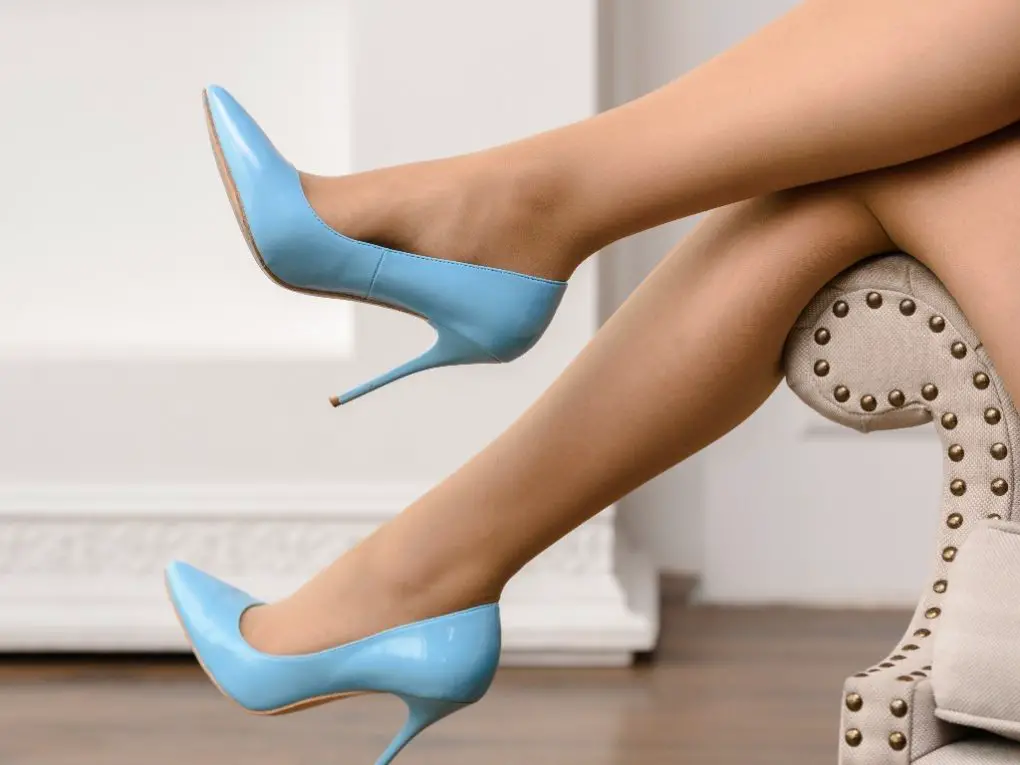

Stilettos are the quintessential high heel. They are thin and tall, usually measuring at least 4 inches. Stilettos can be found in various styles, from pumps to sandals. They are often associated with formal events and are popular for weddings and black-tie affairs. While they are undeniably sexy, stilettos can be difficult to walk in and are not recommended for extended periods of wear.
Kitten Heels
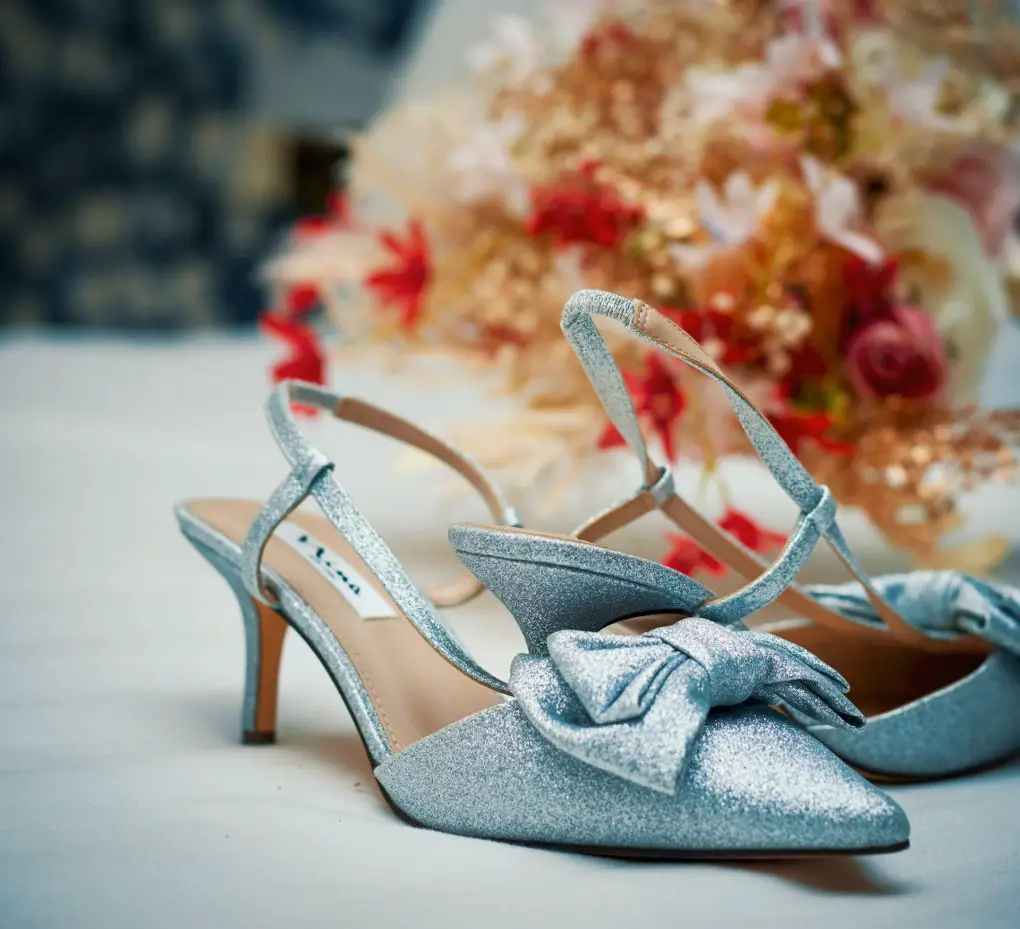

Kitten heels are a shorter, more manageable version of the stiletto. They typically measure between 1.5 and 2 inches in height and have a slight curve. Kitten heels are a great option for women who want the look of a high heel without discomfort. They are often worn in professional settings and can be paired with skirts, dresses, and pants.
Wedges
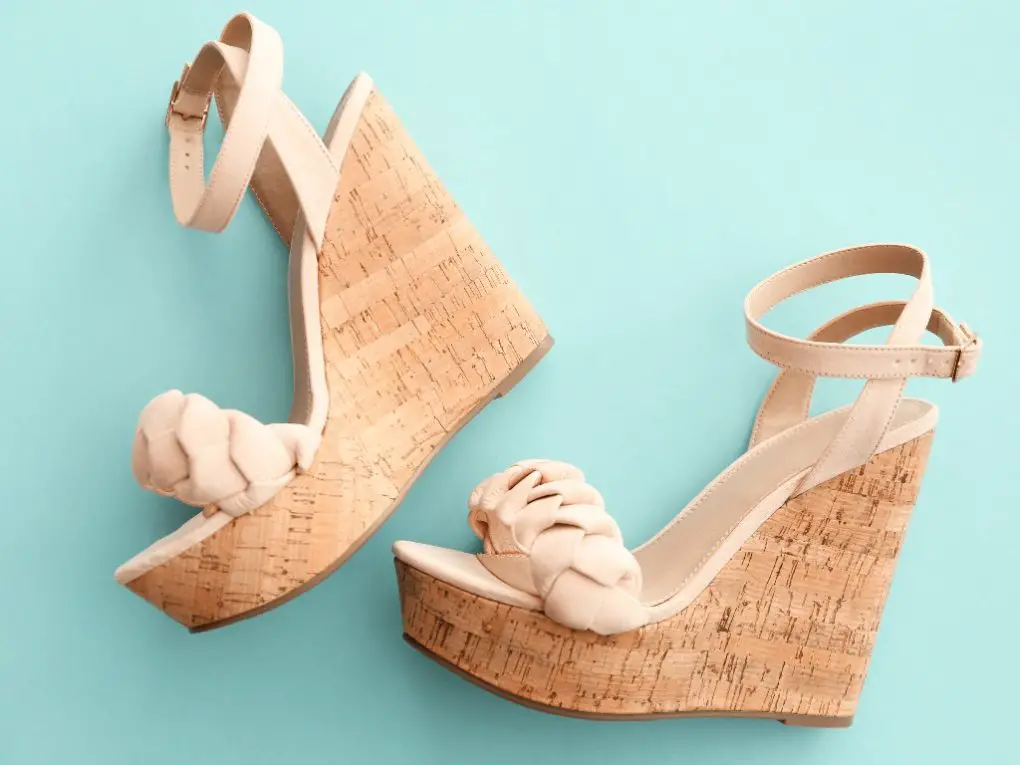

Wedges are a type of heel characterized by a thick, wedge-shaped sole, according to Vionic Shoes, and can be found in various heights and styles, from casual sandals to dressy pumps. Wedges are a great option for women who want the height of a heel without the discomfort of a stiletto, and are often worn in casual settings and can be paired with jeans, skirts, and dresses.
Block Heels
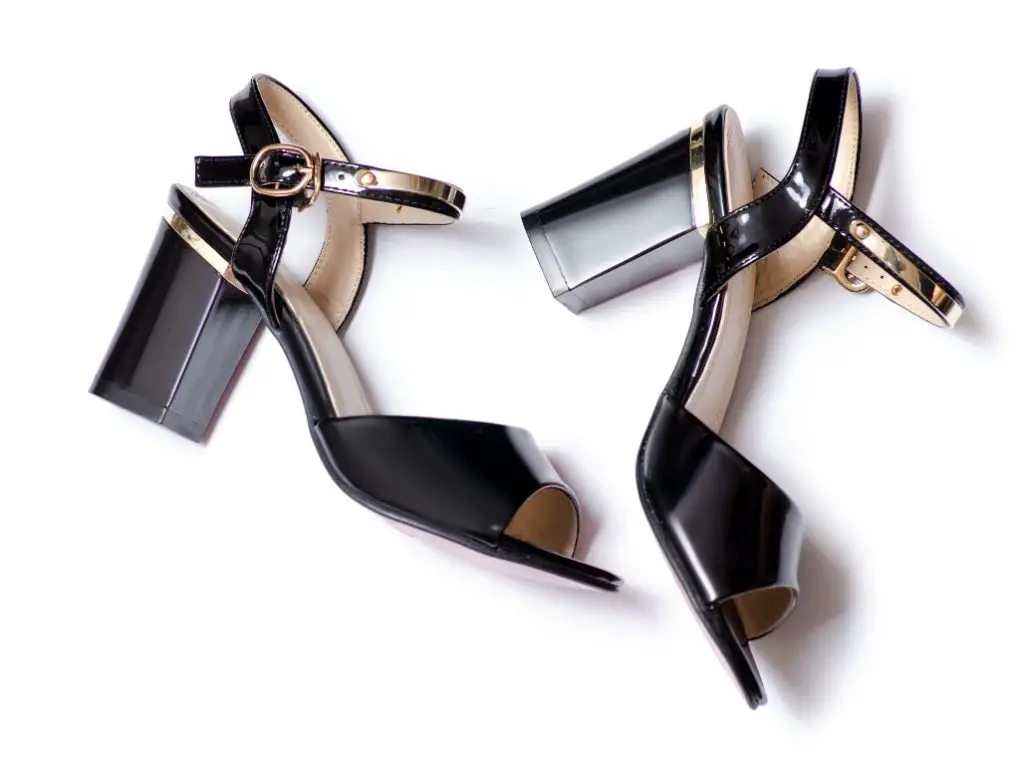

Block heels are sturdy and comfortable with a wide, block-shaped sole. They can be found in various heights and styles, from ankle boots to pumps. Block heels are a great option for women who want the height of a heel without the discomfort of a stiletto. They are often worn in professional settings and can be paired with skirts, dresses, and pants.
Specialty Types
Specialty types of heels have unique characteristics that set them apart from other types of heels. These heels are perfect for those who want to make a statement with their footwear. Here are some of the most popular specialty types of heels:
Platform Heels
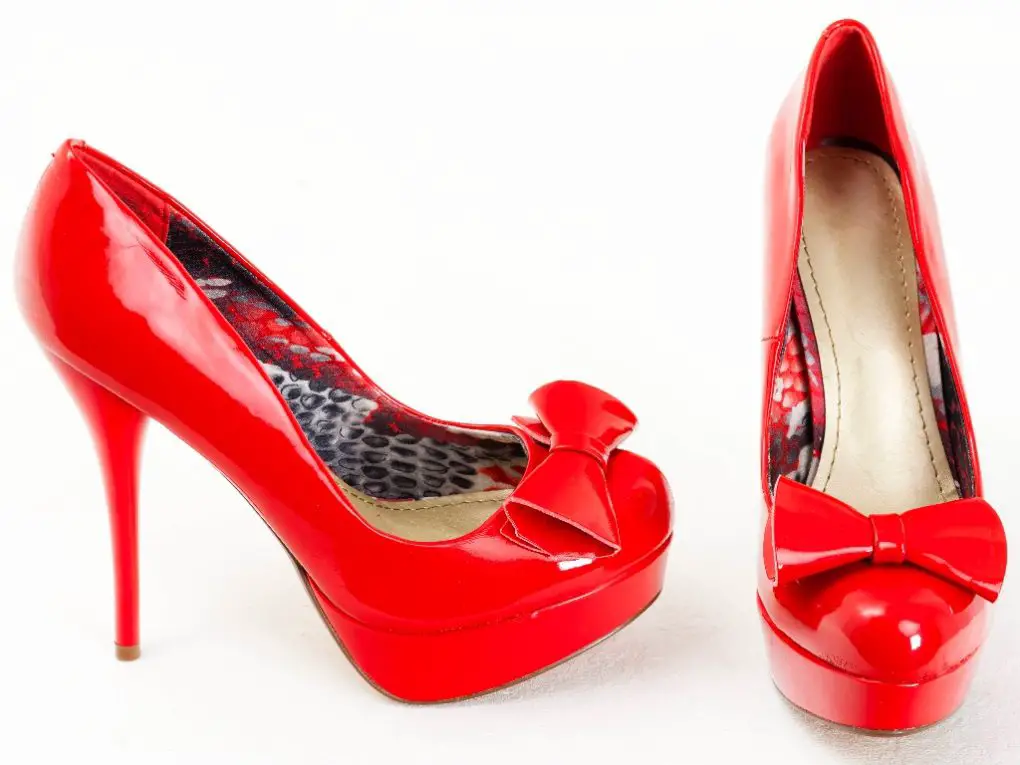

Platform heels are known for their thick soles that add height without putting too much pressure on the feet. Based on experience, they are perfect for those who want to add a few inches to their height while still being comfortable. Platform heels come in various styles, from chunky to stiletto, and can be worn with various outfits.
Chunky Heels
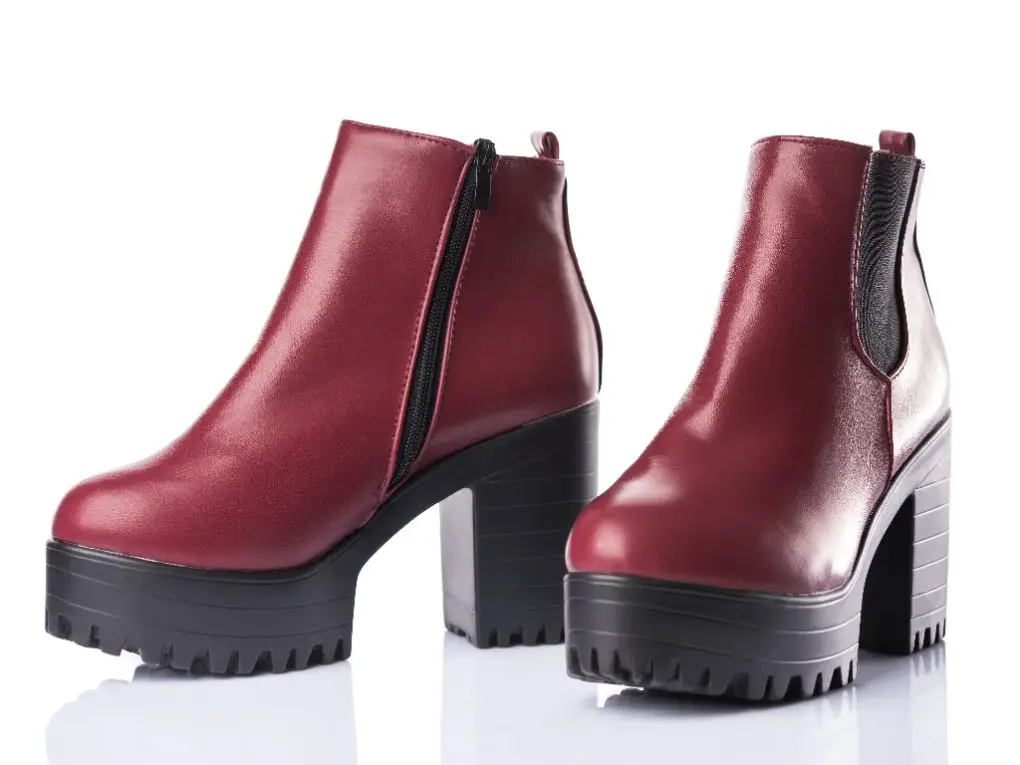

Chunky heels are characterized by their thick, block-like shape, typically wider than other types of heels, making them more stable and comfortable. Chunky heels come in various heights and styles, from ankle boots to sandals.
Cone Heels
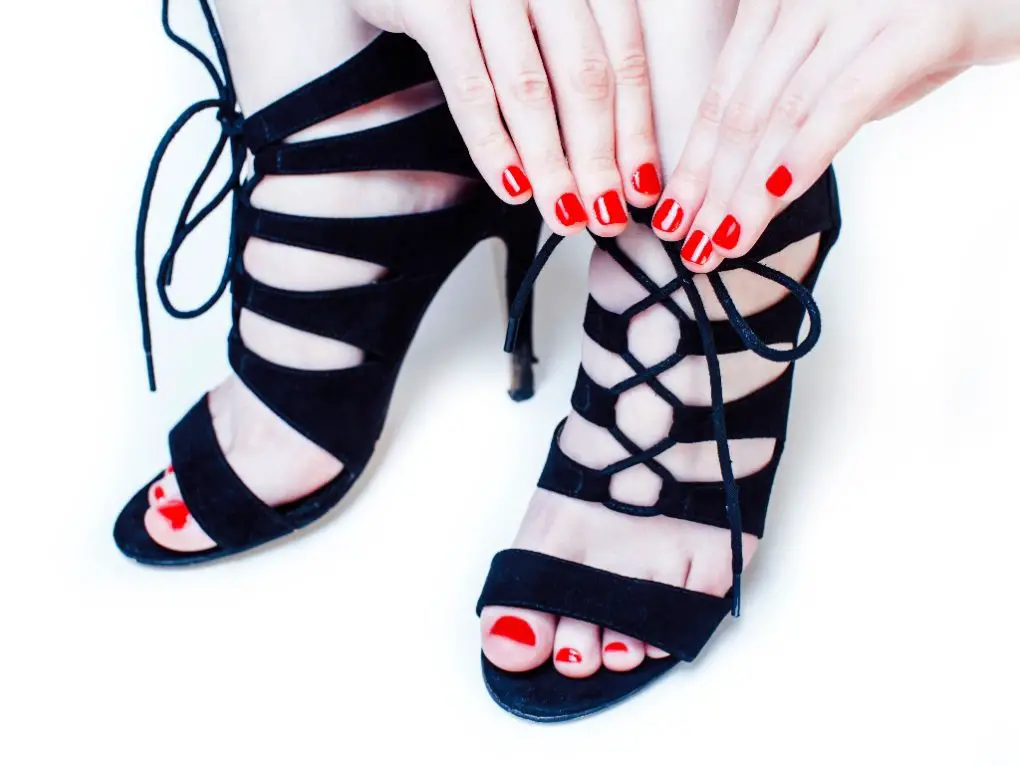

Cone heels resemble an ice cream cone and are wider at the shoe’s sole and taper down to a point at the floor. They are a unique and stylish option for those who want flair to their outfit. Cone heels are often found on boots and sandals.
Spool Heels
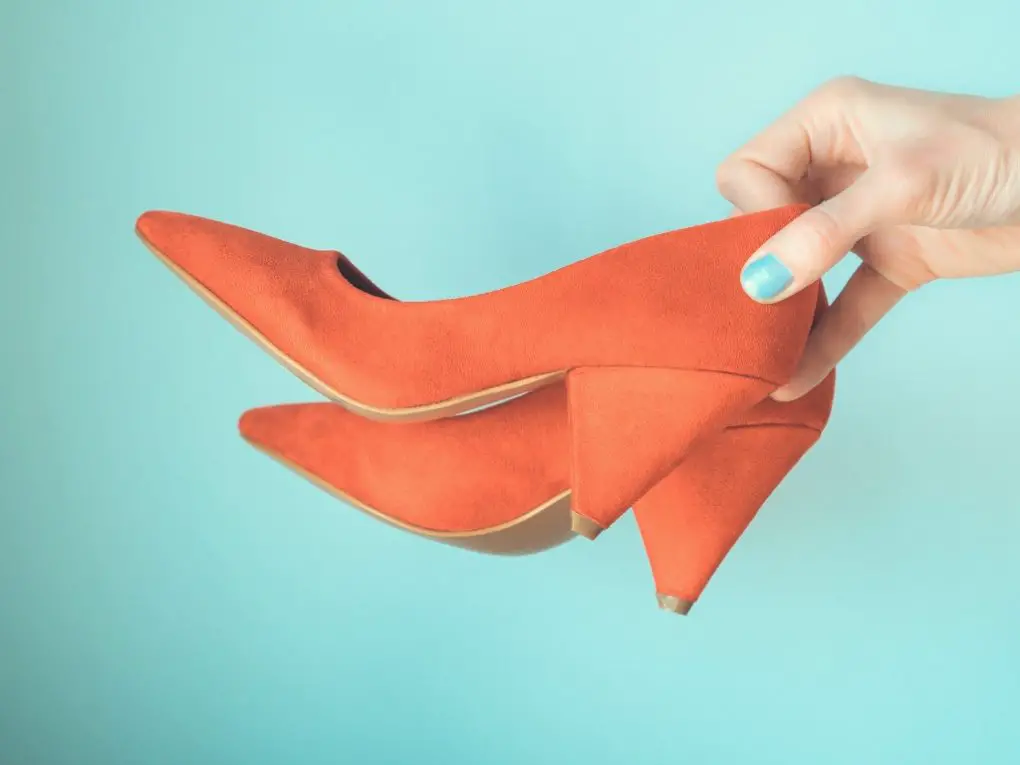

Their wider base and narrower top characterize spool heels, a classic and timeless option worn with various outfits, and spool heels are often found on pumps and ankle boots.
Peep-toe Heels
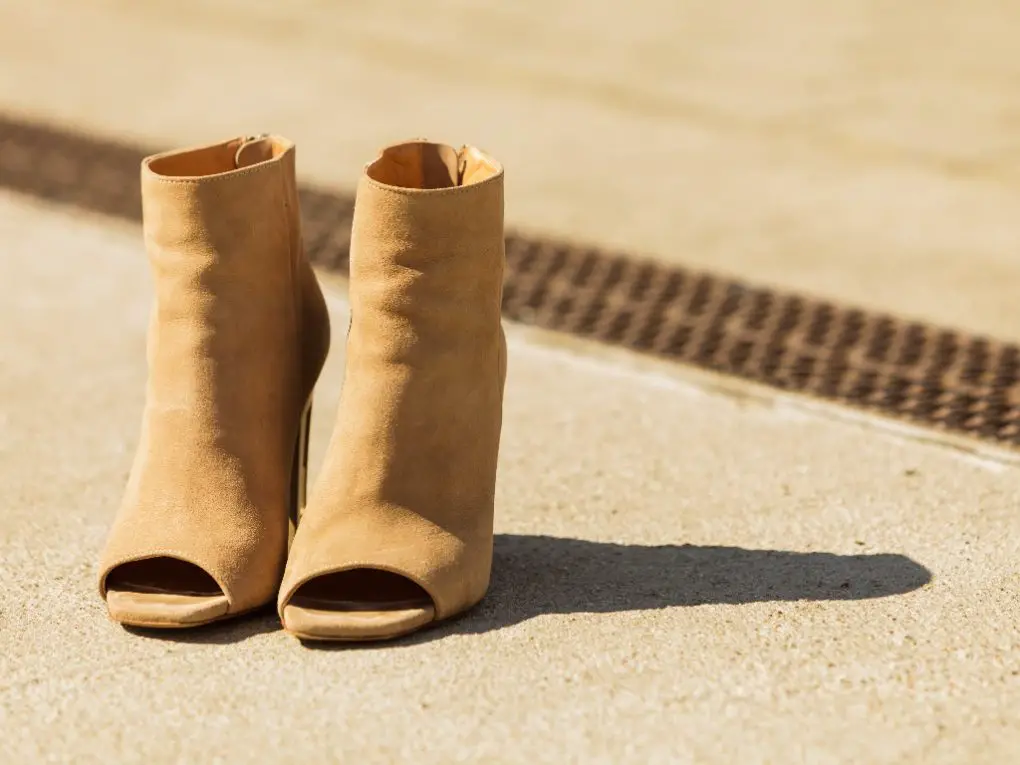

The small opening at the toe of the shoe characterizes peep-toe heels. They come in various styles and heights, from stilettos to wedges. Peep-toe heels are perfect for those who want to show off their pedicure while still looking stylish.
Heel Materials
When it comes to heels, the material used can make a big difference in the look and feel of the shoe. Here are some of the most common materials used for heels:
Leather Heels
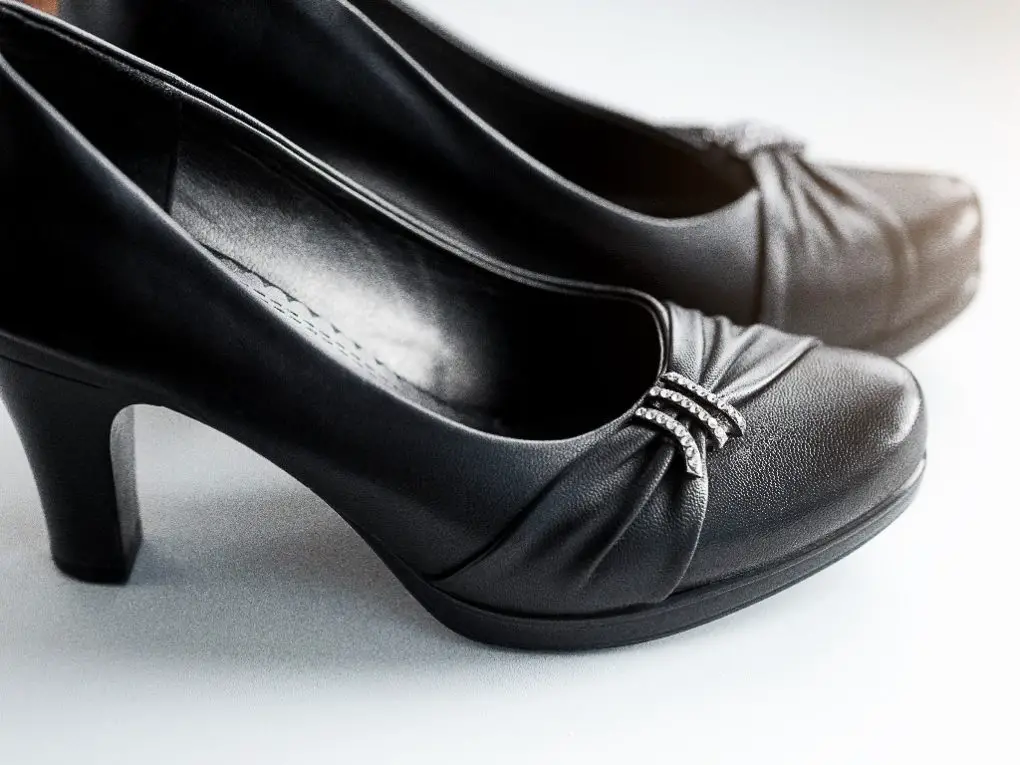

Leather is a classic material used for all types of shoes, including heels. It is durable, flexible, and can be treated to be water-resistant. Leather heels can come in various finishes, from smooth to textured, and can be dyed in various colors. They are often used for dressier styles but can also be found on more casual shoes.
Suede Heels
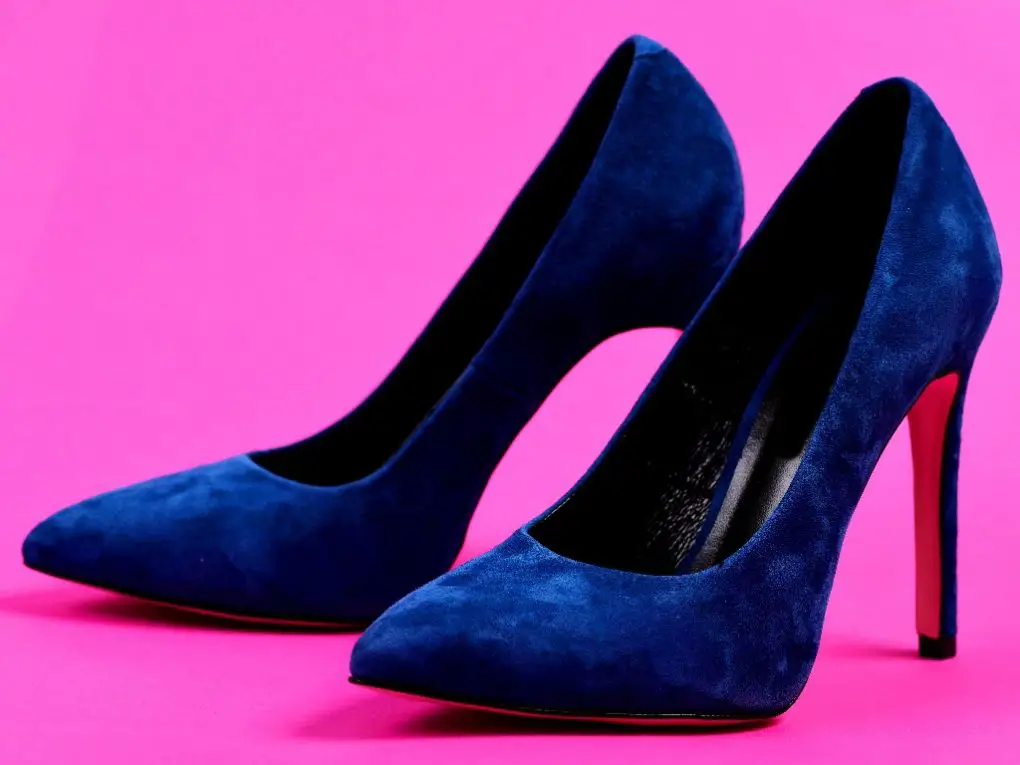

Suede is a soft, velvety material made from the underside of animal hide, often used for casual heels, such as ankle boots or block heels. Suede can be more delicate than leather and is prone to staining and water damage, but it has a unique texture and can add a touch of luxury to any outfit.
Patent Leather Heels
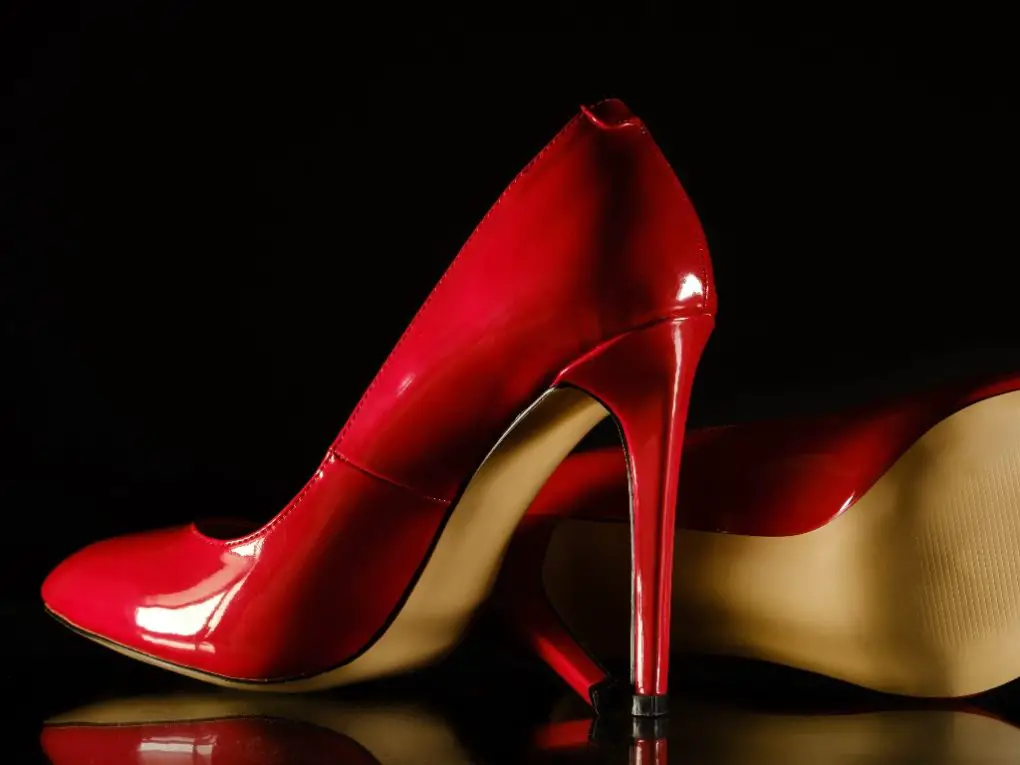

Patent leather is a glossy, shiny material often used for dressier styles of heels. It is made by applying a special leather coating, giving it its distinctive look. Patent leather can be prone to scuffing and difficult to repair, but it is a popular choice for special occasions.
Synthetic Heels
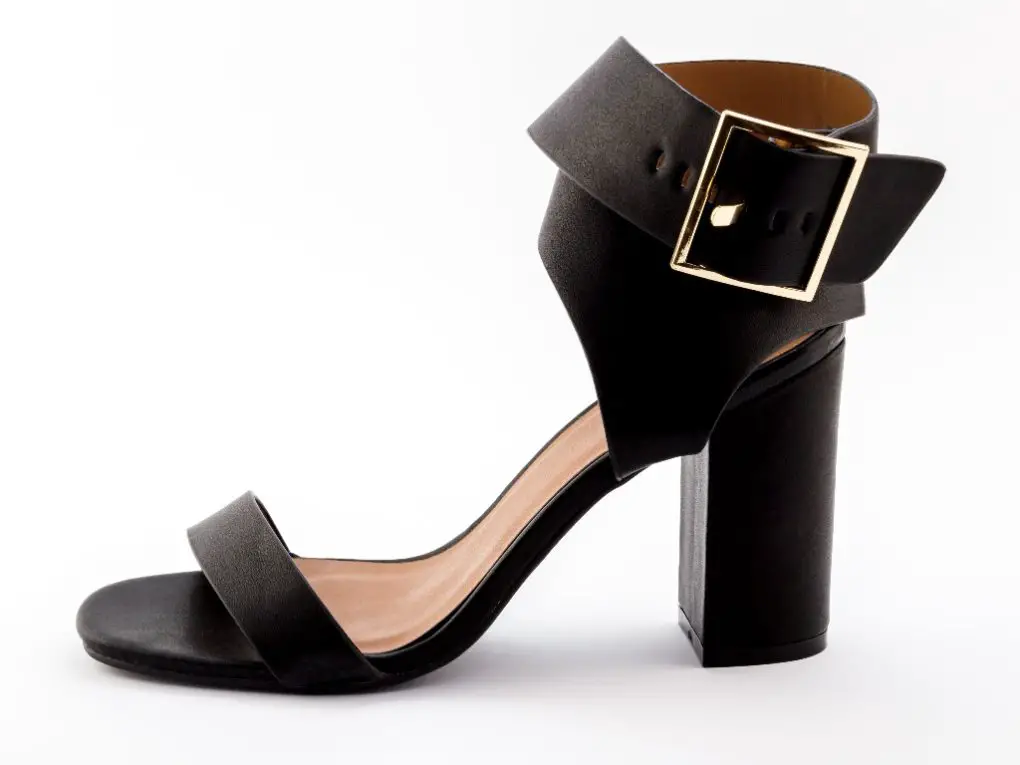

Synthetic materials, such as faux leather or suede, are often used as a more affordable alternative to genuine leather. They can come in various finishes and colors and are often used for more casual styles of heels. Synthetic materials can be less durable than leather but are often easier to clean and maintain.
Heel Heights
When choosing a pair of heels, one of the most important factors to consider is the height of the heel. The height of the heel can affect both the look and the comfort of the shoe. This section will explore the different heel heights and their characteristics.
Low Heels
Low heels are typically defined as heels that are two inches or shorter. They are a great option for those who want a bit of height without sacrificing comfort. Low heels are perfect for daytime wear, providing a more casual look. They are also a great option for those new to wearing heels, as they are easier to walk in.
Mid Heels
Mid heels are typically defined as those between two and four inches. They offer more height than low heels but are still comfortable for extended periods. Mid heels are a great option for both daytime and evening wear, as they can be dressed up or down depending on the occasion.
Some popular mid-heels styles include block, kitten, and wedge heels. Block heels are a great option for those who want a bit of height without sacrificing stability. Kitten heels are a classic style that offers a bit of height while remaining comfortable. Wedge heels are a great option for those who want the height of a heel but with added support and stability.
High Heels
High heels are typically defined as those between four and six inches. They offer a significant height and are typically worn for more formal occasions. High heels can be uncomfortable to wear for extended periods, so choosing a style that offers both comfort and style is important.
Some popular styles of high heels include stilettos, pumps, and heeled sandals. Stilettos are a classic style that offers a sleek and sexy look. Pumps are a versatile style that can be worn for both daytime and evening wear. Heeled sandals are a great option for heel height but with added breathability.
Sky-high Heels
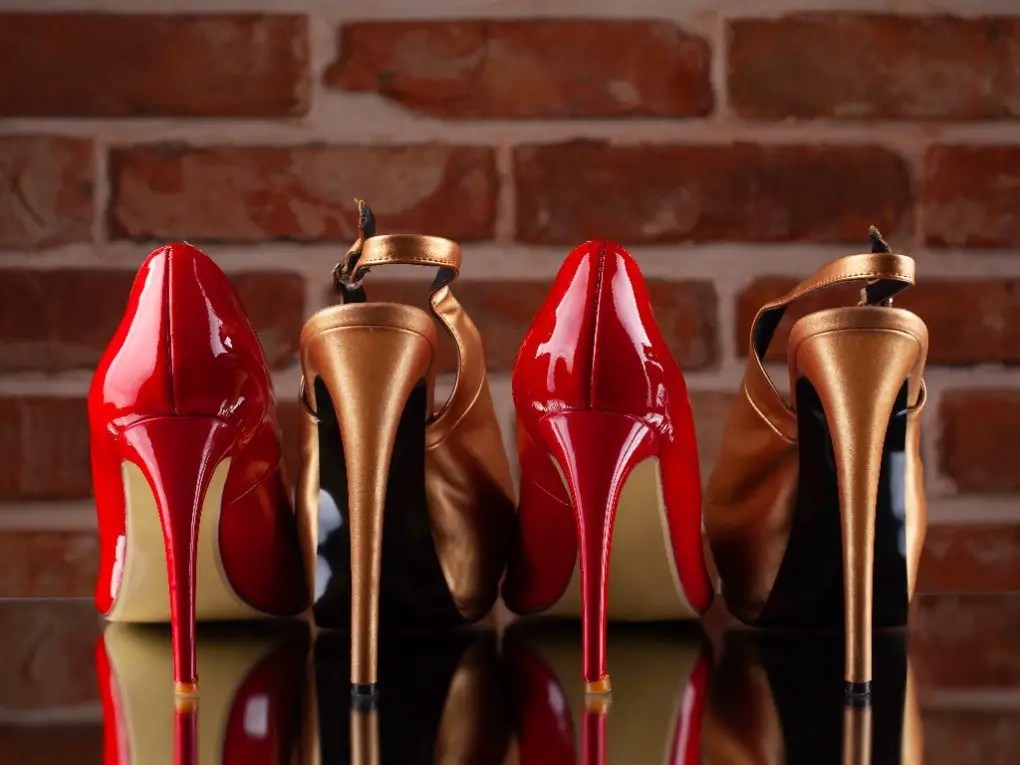

Sky-high heels are typically defined as six inches or taller and offer the most height of any heel but are also the most difficult to walk in. Sky-high heels are typically reserved for formal occasions like red-carpet events or weddings.
It is important to choose a style of the sky-high heel that offers both comfort and stability. Platform heels are a great option for those who want the height of a sky-high heel but with added support and stability.
